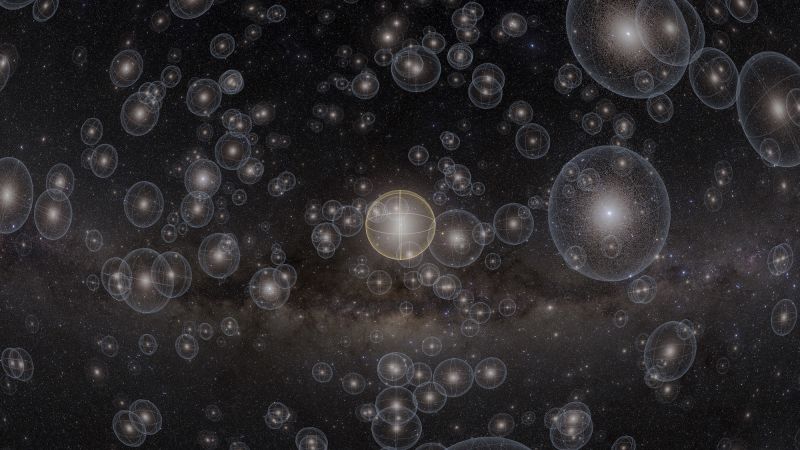Manhattanhenge returns to NYC streets beginning May 28 - Newsday
Manhattanhenge is coming.
This twice-a-year phenomenon — which lasts only a few minutes — is when the sun aligns with New York City’s street grid as the sun sets and sinks low in the sky, offering a rare and spectacular view, according to the American Museum of Natural History.
Across the city, throngs pack sidewalks, crane their necks out skyscrapers and gather on outlooks to see.
This year, it’ll happen on several dates between May 28 and July 12: the half sun on the grid will be May 28 at 8:13 p.m. and July 12 at 8:22 p.m.; the full sun on the grid will be May 29 at 8:12 p.m. and July 11 at 8:20 p.m., according to the museum’s Manhattanhenge page.
The city parks department calls it a "one-of-a-kind" New York experience and suggests arriving before sunset to secure a spot to enjoy a rare treat.
"In these moments, the sun kisses the grid's horizon and the sun's golden rays stream directly through Manhattan's major cross streets from west to east," the department’s webpage says.
The best viewing spots are these east-west thoroughfares: 14th Street, 23rd Street, 34th Street, 42nd Street and 57th Street, as well as the Tudor City Overpass in Manhattan and Hunter’s Point South Park in Long Island City, Queens.
The name Manhattanhenge was coined by astrophysicist Neil deGrasse Tyson.
But why isn’t Manhattanhenge visible simply on the equinoxes?
Like the city itself, New York’s street grid — which dates to 1811 — is different.
"Had Manhattan's grid been perfectly aligned with the geographic north-south line, then the days of Manhattanhenge would coincide with the equinoxes," the museum notes. "But Manhattan's street grid is rotated 30 degrees east from geographic north, shifting the days of alignment elsewhere into the calendar."

Matthew Chayes, a Newsday reporter since 2007, covers New York City.







:max_bytes(150000):strip_icc():focal(750x328:752x330)/natalie-portman-051925-ea72316ef6bf4983a6938f9dfcbcc772.jpg)